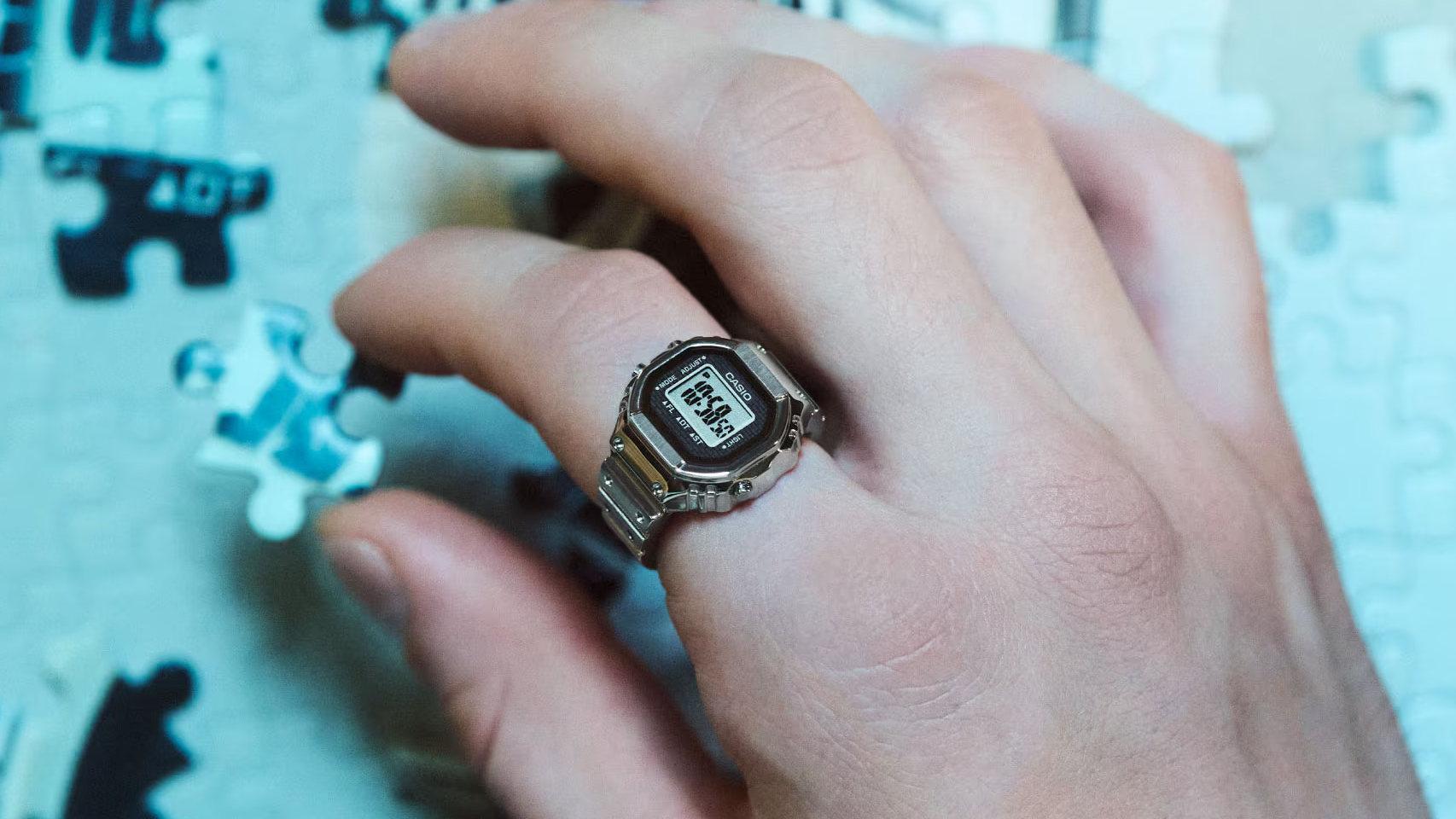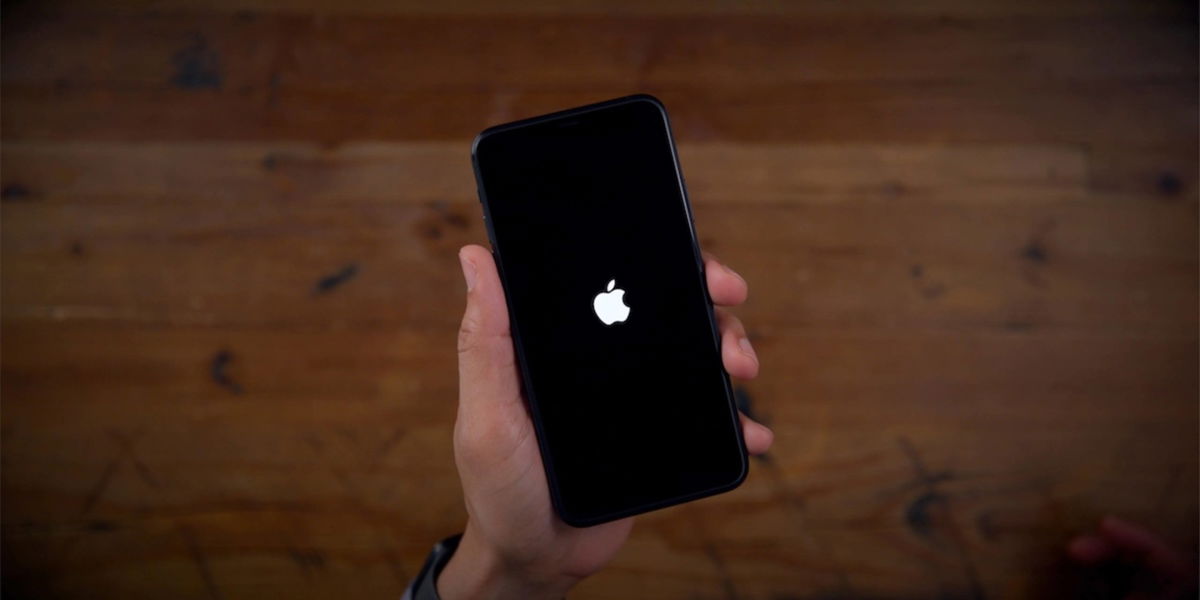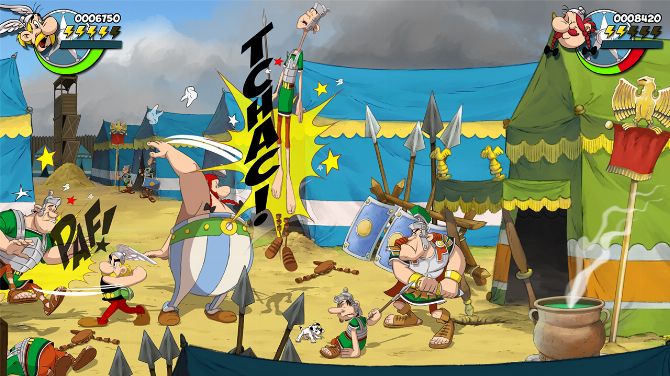“It was the best of times, it was the worst of times, the age of wisdom and also of madness; the age of belief and unbelief; the age of light and darkness; the source of hope and the winter of despair. had everything, but we had nothing; we walked straight to heaven and wandered the other way. In short, this time was so similar to the present that our most notable authorities insist that, as regards good and evil, only superlative comparison is acceptable. “
Charles Dickens begins his work with this paragraph “History of two cities”, in which they are mixed many feelings and paths found at the dawn of the French revolution. A time when nothing seemed to be right, but everything was Damn possible in turn. This contrast and struggle was also waged at Apple in the late ’90s, with a company recovering from the fatal wounds of’ abandonment ‘virtually consolidated without the boss it needed and kicked out. of the business you have created.

Paul Berg, Nobel Laureate in Biology, asked Steve Jobs for a completely different computer to streamline clinical trials in his lab
Steve Jobs visited again Paul Berg, Nobel Laureate in Biology which he discovered while trying to sell the first Macintoshes for university purposes a few years ago. Berg was frustrated with the slowness of his department’s testing as he had to wait weeks to get the lab results. “Steve, I need a new machine with 3M: memory, megabytes, and megahertz. And as far as the technology goes, you can get me into each one.”.

Outside of Apple, Jobs created a powerful new computer with NeXT – focused on workstations and scientific fields. But it needed an operating system that would carry this new hardware further – that’s how NeXTSTEP was born, the operating system DNA from which Mac OS X was born.
Berg’s office at Stanford University wasn’t the best on campus, but it produced breakthroughs in biology as big as recombinant DNA. Today we use it for the treatment of genetic diseases and even vaccines
“Paul, I built the machine you wanted. And the operating system we need.”. In his file, he showed him a giant logo: following.
The cube

The NextCube was considered one of the most powerful computers of its time
We could talk about the Jobs scene in NeXT for days. For many, an attempt to knock over an apple that was already in shock. For others, the opportunity to build a best alternative that I might sell to Apple at some point. The first NeXT computer (colloquially called “the cube”) was deliberately above what was on the market in hardware: but it was nothing without an operating system to drive it. It was enchanting when NeXTSTEP came into play, the soul of these machines and the foundation of many technologies that we continue to use today.
With NeXT, Steve Jobs wanted to take the concept of a powerful computer beyond the Macintosh – but for that he needed a new, much more advanced operating system.
Oriented towards a strong educational facet, it was a machine that did not have much commercial success with the general public, but it did so in certain scientific circlesLike Berg’s: Tim Berners-Lee created the World Wide Web on one of these machines, for example. The operating system was object oriented, it was the first to integrate the metaphor of the Dock as we know it, and it provided ease of use by using Objective-C as a development language. Based on a solid UNIX base and with BSD source code Created at the University of Berkeley, the graphical interface brought to a new level what had been seen on the Macintosh: the new graphics subsystem made it possible to faithfully represent on the screen what was seen on the screen (essential in scientific notations) and it was a cohesive, elegant and detailed design.

NeXTSTEP has combined various technologies and brought to the table many graphical metaphors that we use on today’s Macs. It was powerful, stylish, and made things very easy for the user.
On December 20, 1996, Apple announced its intention to purchase NeXT and Jobs received 1.5 million Apple shares. He received no cash and the deal was use NeXTSTEP as a base to replace the Macintosh operating system so. At the time, Apple sued NeXT and they came to an agreement that the latter could only focus on creating non-home workstations. Entonces se portó a la arquitectura PowerPC y aunque está basado en el corazón del sistema de los ordenadores NeXT, se evolucionó de muchas formas para adaptarlo a lo que los clients podrían necesitar y utilizar en casa, poniéndolo al día en tecnología y compatibilidad of the time. The X in the last name on Mac OS X is usually read as “ten”, evolution of Mac OS 9, although it is also seen as an important legacy of UniX or even the X of the original NeXT logo.
20 years since the launch of Mac OS X

Mac OS X with one of the first versions of Aqua, probably one of the nicest graphical interfaces any operating system has had in the tech world
Today, 20 years have passed since the first units of Mac OS X 10.0, coded as “Cheetah” by the cheetah. Until version 10.8, animal names were used for these system codes, which would have started with Cheetah because it is one of the fastest land animals, which hunts thanks to its extraordinary vision.
Como decía Dickens, era una época complicada y con cierto punto de locura y atrevimiento en una Apple que quería separarse de lo que encarnaba años atrás: estaba apostando muy fuerte por dos tecnologías con las que Steve Jobs no sólo acertó, también a consiguió salvar company. One of them was the Mac OS X version, the other, the announcement of a new product that had not been seen before (“Hint: it’s not a Mac,” the press told the invitation.) and whose name would be engraved in the history of technology under the name of “iPod”, presented at the end of October 2001.

This first version of Mac OS X was far from perfect, but it was very necessary to clarify the foundations of the technology that Apple wanted to explore in the years to come. The Aqua interface has arrived and put upside down an industry that never bets on design, not just outside (with the arrival of the first iMac) also in the operating system. I remember trying Mac OS X 10.0 for the first time and literally felt like I was in another world, or at least on a different path that everyone was on. “We’ve made some onscreen buttons that are so awesome you’ll want to lick them” said an excited Jobs catharsis of the presentation of Mac OS X, which some wanted later photocopy.
With Big Sur we have already said goodbye to X, where technically we are already in macOS 11, but we continue work with design concepts and metaphors who left that day, 20 years ago. The feedback from so many felines and beautiful places in California has also served as food for iOS and iPadOS, the tactile starting point for a new generation of mobile devices that is also making system history. exploitation that we are celebrating today. And we appreciate.


![Prerequisites, Kodiak and Mac OS X 10.0 "cheetah" [Especial historia Mac OS X]](https://i.blogs.es/b1106e/cheetah-portada-historia/375_142.jpg)






